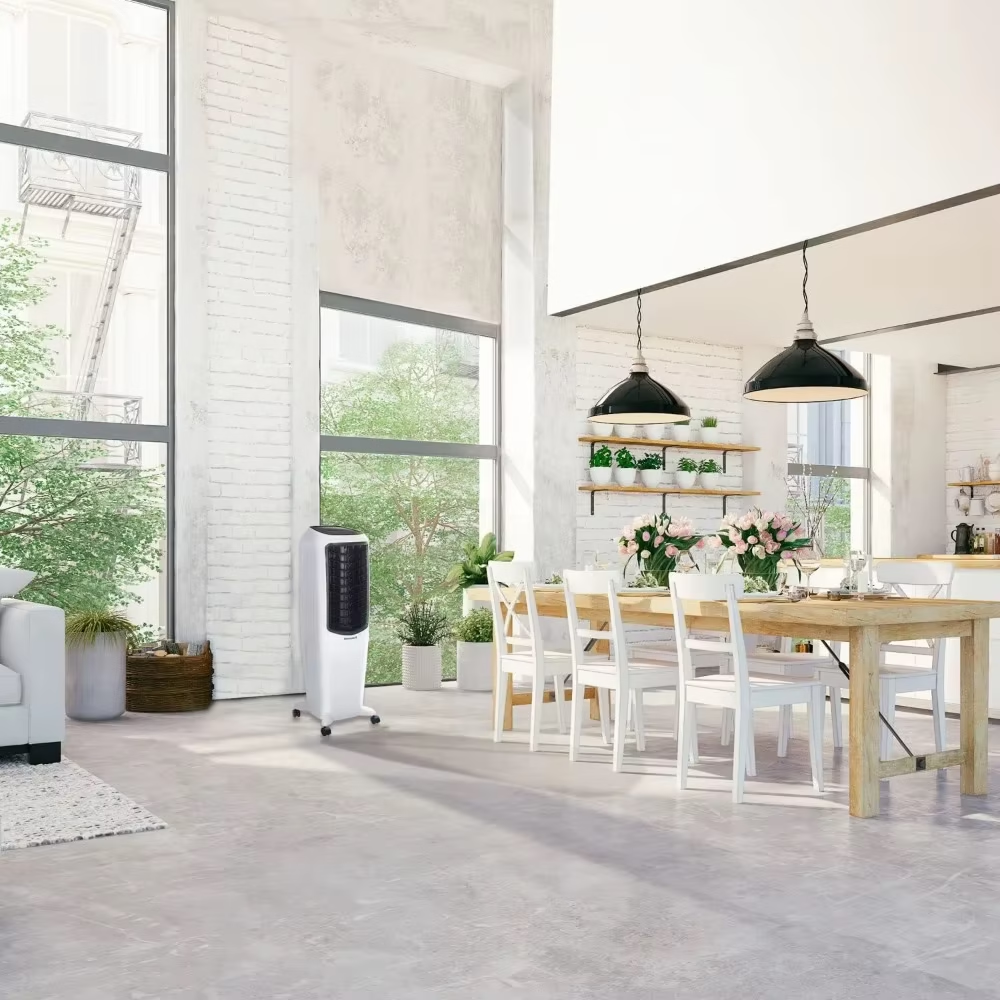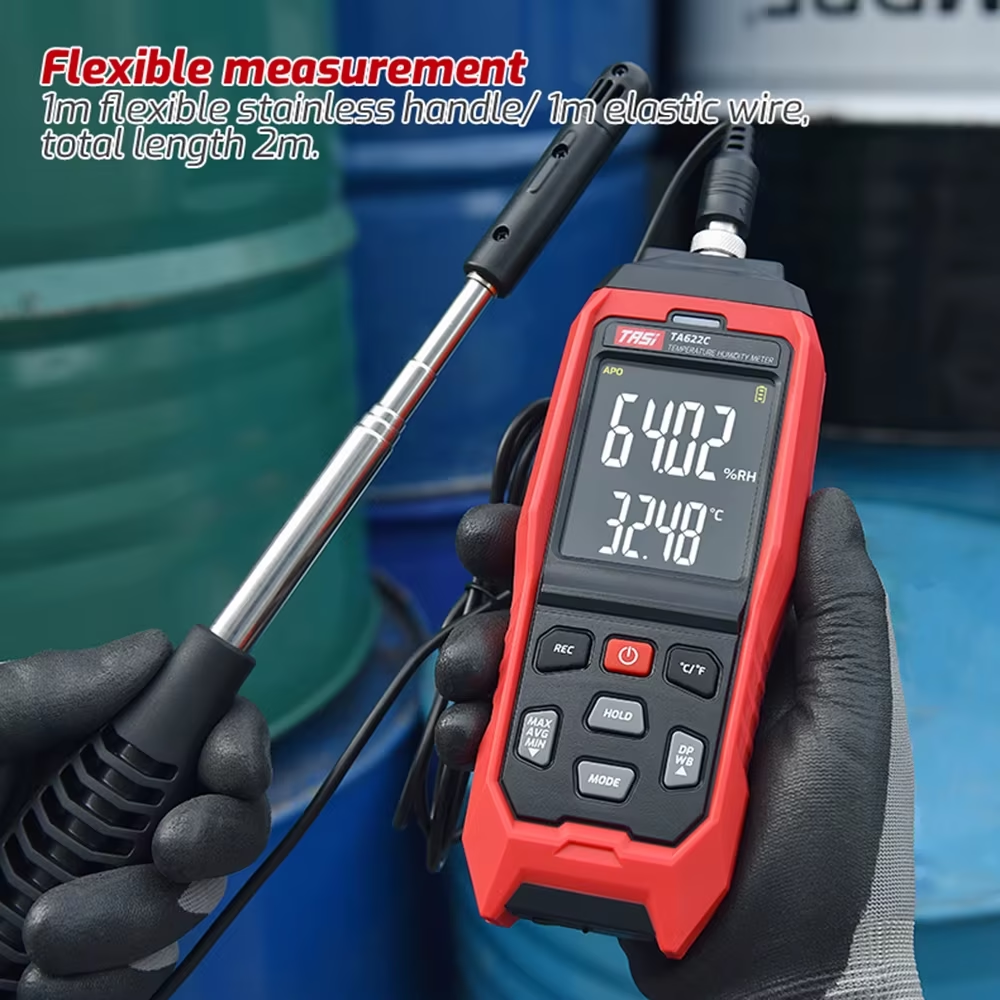How to Increase Humidity for Tropical Plants: 7 Easy Methods
Tropical plants thrive in humid environments, but indoor spaces often lack the moisture they need. If you notice your plants’ leaves turning brown at the edges, curling, or drying out, low humidity might be the culprit. In this guide, we’ll explore how to increase humidity for tropical plants to keep them lush and healthy.
Table of Contents
Why Do Tropical Plants Need High Humidity?
Tropical plants, such as Monstera, Philodendron, and Calatheas, originate from rainforests where humidity levels are consistently high. When grown indoors, dry air from heating or air conditioning can cause stress, leading to issues like stunted growth and leaf damage. Increasing humidity ensures they get the moisture they need to thrive.
Importance of Increasing Humidity for Tropical Plants
- Prevents Leaf Damage – Low humidity causes leaves to dry out, curl, or develop brown edges. Increasing humidity helps maintain lush, green foliage.
- Encourages Healthy Growth – Moist air supports transpiration and nutrient absorption, leading to vigorous growth and larger, healthier leaves.
- Reduces Pest Problems – Some common plant pests, like spider mites, thrive in dry conditions. Maintaining proper humidity can help deter them.
- Mimics Natural Habitat – Creating a rainforest-like environment helps tropical plants thrive, reducing stress and improving their overall longevity.
How to Increase Humidity for Tropical Plants
1. Use a Humidifier
A humidifier is the most effective way to maintain optimal humidity levels for your plants. Set it to around 50-70% humidity for the best results. Place it near your plant collection for consistent moisture.
Example: The Levoit LV600HH humidifier is a popular choice for plant owners, as it allows you to adjust humidity levels and even use warm mist for better moisture distribution.


Top On-Sale Product Recommendations!
470 CFM Indoor Portable Evaporative Air Cooler with Fan and Humidifier for Living Room, Basement, Office, and Play Area, 115V
Price Now: USD 242.95 (Original price: USD 539.89, 55% off)
Click & Buy:
2. Group Plants Together
Plants release moisture through transpiration. Grouping tropical plants creates a microclimate with higher humidity, thus increasing humidity
Example: If you have a Monstera deliciosa, a Peace Lily, and a Philodendron, place them close to each other in a corner to naturally increase humidity around them.
3. Use Pebble Trays
Place a shallow tray filled with water and pebbles under your plant pots. As the water evaporates, it increases humidity around the plants. Ensure the pot is not sitting directly in the water to avoid root rot.
Example: A simple DIY pebble tray can be made using a baking tray, decorative stones, and distilled water. This works great for humidity-loving plants like Alocasia and Orchids.
4. Mist Your Plants
Lightly misting your plants with water can temporarily increase humidity. However, this method needs to be done frequently and may not be effective for all plants. Avoid misting at night to prevent fungal growth.
Example: Mist Calatheas and Fittonias in the morning, as they enjoy extra moisture, but avoid misting plants like African Violets, which can develop leaf spots from water droplets.
5. Use a Terrarium or Enclosed Space
For small tropical plants, keeping them in a glass terrarium or enclosed shelf helps retain moisture. This method works well for plants that require consistently high humidity, such as ferns and carnivorous plants.
Example: A glass terrarium with a moss base can create a self-sustaining humid environment for plants like Venus Flytraps and Boston Ferns.
6. Keep a Water Source Nearby
Placing bowls of water around your plants can help increase humidity as the water evaporates. This is a simple and passive way to add moisture to the air.
Example: Position a bowl of water near a rubber plant or fiddle leaf fig to slightly raise the surrounding humidity.
7. Avoid Drying Factors
Keep your plants away from heating vents, air conditioners, and fans that can quickly dry out the air. Instead, position them in naturally humid areas like kitchens or bathrooms where possible.
Example: Placing a Parlor Palm in your bathroom, where steam from showers naturally increases humidity, can keep the plant happy and healthy.
How to Measure Humidity Levels
To ensure your efforts are working, use a hygrometer to measure indoor humidity levels. Aim for at least 50% humidity for most tropical plants.
Example: The ThermoPro TP50 hygrometer is an affordable and reliable tool for monitoring humidity in your home.


Top On Sale Product Recommendations!
TA622A TA622B TA622C Digital Temperature Humidity Meter Thermometer High Precision Measurement Hygrothermograph Hygrometer
Price Now: USD 28.56 (Original price: USD 51.00, 44% off)
Click & Buy:
Conclusion
Maintaining proper humidity levels is essential for tropical plants to flourish indoors. By using a humidifier, grouping plants, misting, or adding water sources, you can create the ideal environment for your green companions. Try these methods and watch your tropical plants thrive!
Looking for more plant care tips? Subscribe to our newsletter for expert advice on indoor gardening!

